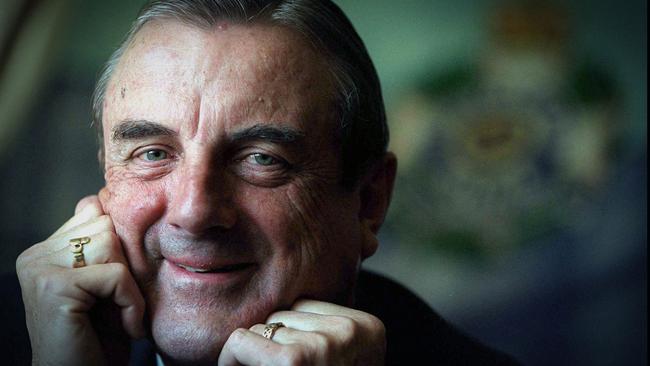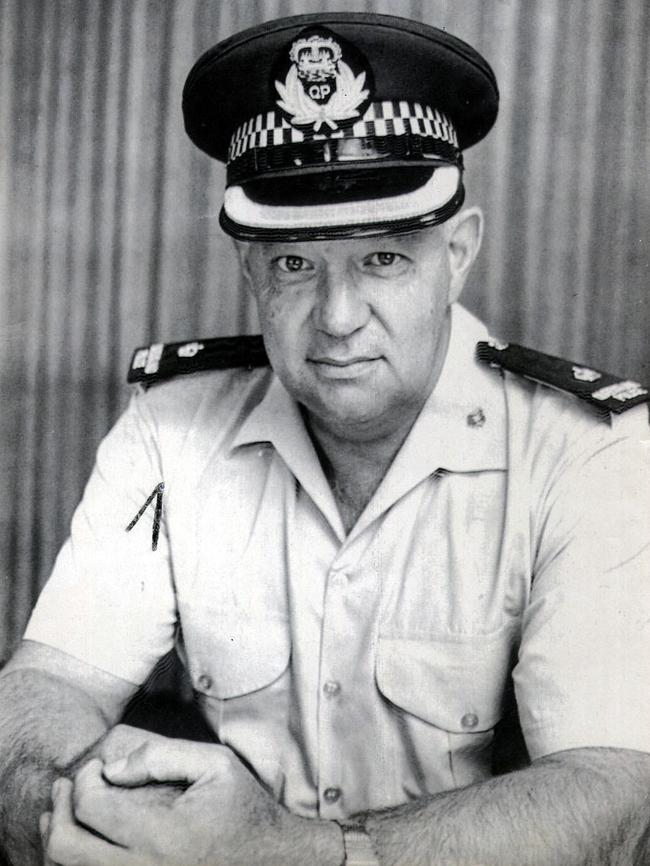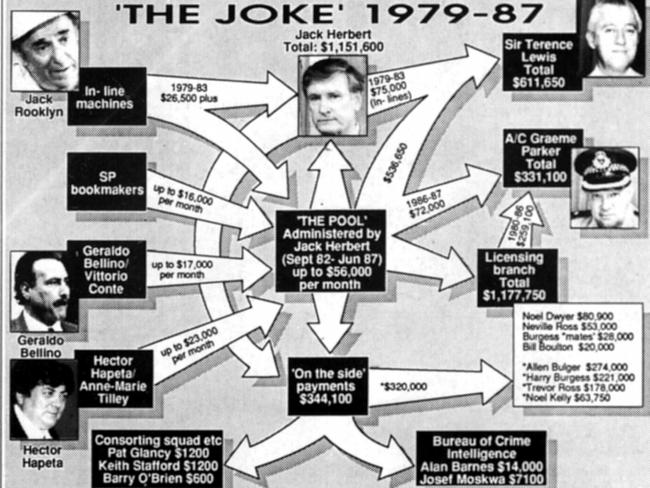Asst Commissioner’s confiscated ID card held critical clues to breaking shameless code of misconduct
IN HIS OWN WORDS: The lead investigator on the Fitzgerald inquiry, who has never given an interview, tells first-hand how his discovery of a coded map triggered “the dominoes” to fall.

QLD News
Don't miss out on the headlines from QLD News. Followed categories will be added to My News.
- Fitzgerald Inquiry: The Joke - Last laugh on bent cops
- Fitzgerald Inquiry: What the brothels report really exposed
- Fitzgerald Inquiry: Where it all began
- Fitzgerald Inquiry: Whistleblower Nigel Powell reveals role
- Fitzgerald Inquiry: The Chief of Staff: In His Own Words
I HAVE never given an interview about my experiences with the inquiry run by Tony Fitzgerald.
I joined the Queensland Police Service as a 20-year-old on August 12, 1959, and served in rural and regional centres including Mitchell, Roma, Caboolture, Innisfail and the City CIB.
Corruption with police involvement was something I had encountered, most blatantly when I arrived as detective in charge in Innisfail where two police officers were protecting illegal gaming run by a local Greek group.
I was offered several hundred dollars a time to turn a blind eye to the illegal games which were run after race days, and refused. They told me they had the arrangement going for the last 50 years.

To my amazement, they ignored my response and went ahead with the games anyway. That earned an arrest and put a stop to the nonsense.
Just before the Fitzgerald inquiry started, I became aware that the well-known criminal Hector Hapeta of Fine Cotton ring-in fame was running a prostitution racket at Kippa-Ring with the notorious cop, Harry Burgess.
When I was actually in the process of closing down the brothel, I got a phone call from Burgess asking what I was doing. I warned them off, but they ignored me.
Burgess was one of the first victims of the inquiry and Hapeta was put away for life for dealing heroin.
At the time, I was called down to meet Tony Fitzgerald. We had never met and he said I was to have total responsibility for the investigations part of his inquiry.
I said that several of the police he already had on staff were not suitable, so he sent them back.
The biggest breakthrough came when we confiscated the warrant, or police identification card, of corrupt assistant commissioner Graeme Parker. On the back of the card was a jigsaw of dots joined by lines which we could not decipher.
It was when we brought the bagman, Jack Herbert, back from London and showed it to him that within a minute he identified it as the coded map of pick-up points for money paid by criminals, including brothel operators and SP bookies, to corrupt police. That nailed Parker and he rolled over, taking an indemnity in return for telling all he knew and admitting his personal involvement.
The dominoes fell – including the commissioner and dozens of the formerly good people he had corrupted.
In retrospect, I am saddened that people of good intent who joined the police service in those times were then led into corruption by senior officers who had sold their souls. I gave evidence against Terry Lewis and many of my former colleagues.
I felt at the time, and do so now, that the inquiry was one of the most significant events in Queensland’s history and am proud to have been part of the team that brought about such needed reform.



